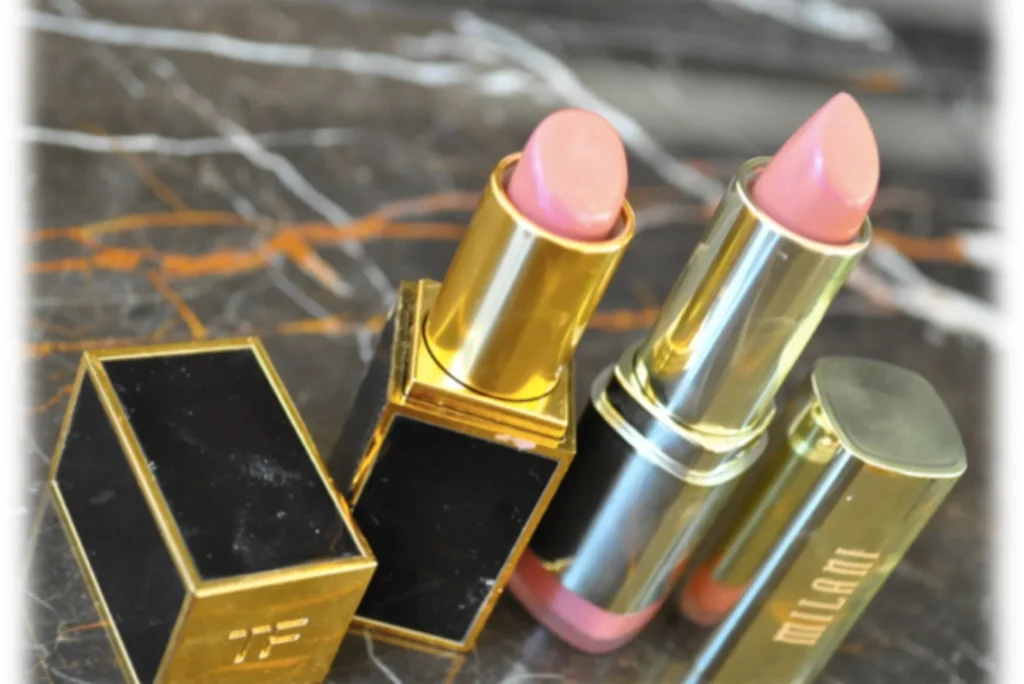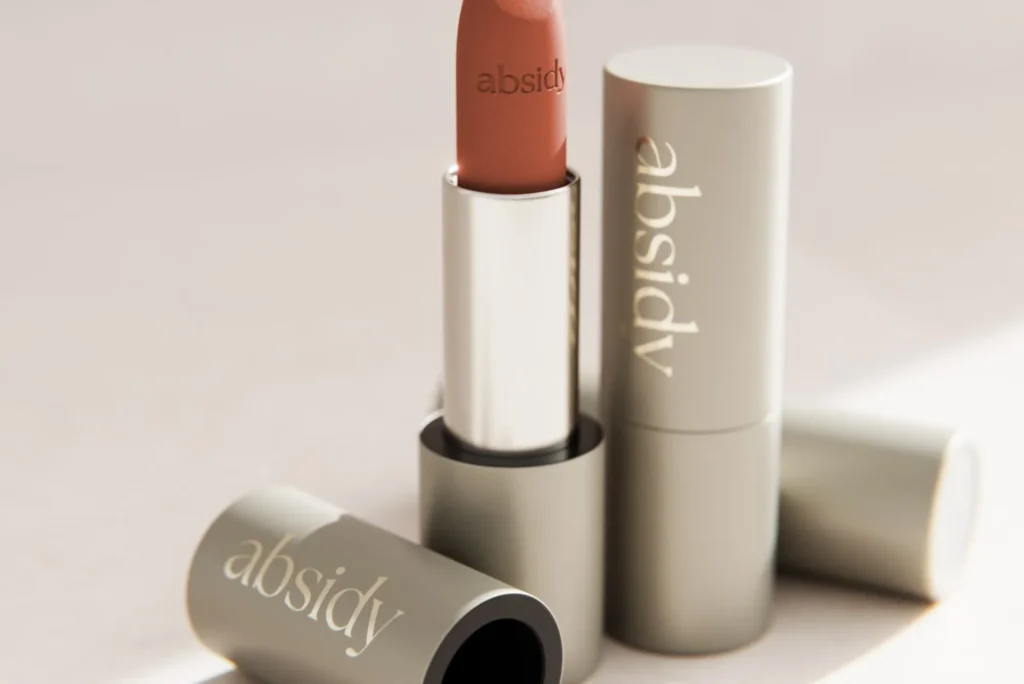hen learning a new language, it’s always helpful to know the translation of everyday items, especially those that are commonly used. If you’re wondering how to say “lipstick” in Spanish, the word you’re looking for is “labial” or “lápiz labial.” This article will explore the different ways to refer to lipstick in Spanish and provide insights into its usage and cultural relevance.
The Basic Translation: Labial
In Spanish, the most straightforward translation for lipstick is “labial.” This word directly refers to anything related to the lips (“labios” in Spanish). When you hear or see the word “labial” in a Spanish-speaking country, it’s typically understood to mean lipstick.
Another Common Term: Lápiz Labial

Another term frequently used for lipstick in Spanish is “lápiz labial,” which translates to “lip pencil.” Although it sounds more like a lip liner, this phrase is commonly used to refer to lipstick. This term might be more prevalent in some regions or among certain age groups.
Regional Variations
Spanish is a language spoken in many countries, and like any language, there are regional variations. For example:
- In Mexico, people often use “labial” to refer to lipstick.
- In Spain, “pintalabios” (literally “lip painter”) is also commonly used.
Regardless of the term, they all refer to the same product. When traveling or interacting with Spanish speakers, you may encounter these different terms depending on the region.
Usage in Sentences
Here are a few examples of how to use these words in sentences:
- “¿Dónde está mi labial?” – Where is my lipstick?
- “Compré un nuevo lápiz labial ayer.” – I bought a new lipstick yesterday.
- “Este pintalabios tiene un color increíble.” – This lipstick has an amazing color.
Cultural Significance of Lipstick in Spanish-Speaking Countries
Lipstick is not just a cosmetic item; it’s a symbol of beauty and fashion across many cultures, including those in Spanish-speaking countries. From bold reds to subtle nudes, lipstick plays a significant role in personal expression.
In countries like Argentina, Colombia, and Mexico, lipstick is often seen as a staple in a woman’s beauty routine. Women might discuss their favorite “labial” colors and brands with as much enthusiasm as in any other part of the world.
Tips for Buying Lipstick in a Spanish-Speaking Country

If you find yourself in a Spanish-speaking country and need to buy lipstick, here are a few tips:
- Know the Terms: Familiarize yourself with terms like “labial” and “pintalabios” so you can ask for what you need.
- Describe the Shade: If you’re looking for a specific color, you can use phrases like “rojo” (red), “rosado” (pink), or “nude.”
- Ask for Recommendations: You can ask a store attendant, “¿Cuál es el mejor labial que tienen?” – What’s the best lipstick you have?
In summary, the most common way to say lipstick in Spanish is “labial,” but you may also hear “lápiz labial” or “pintalabios” depending on the region. Understanding these variations and how to use them in context will help you navigate conversations and shopping experiences more smoothly in Spanish-speaking countries.



